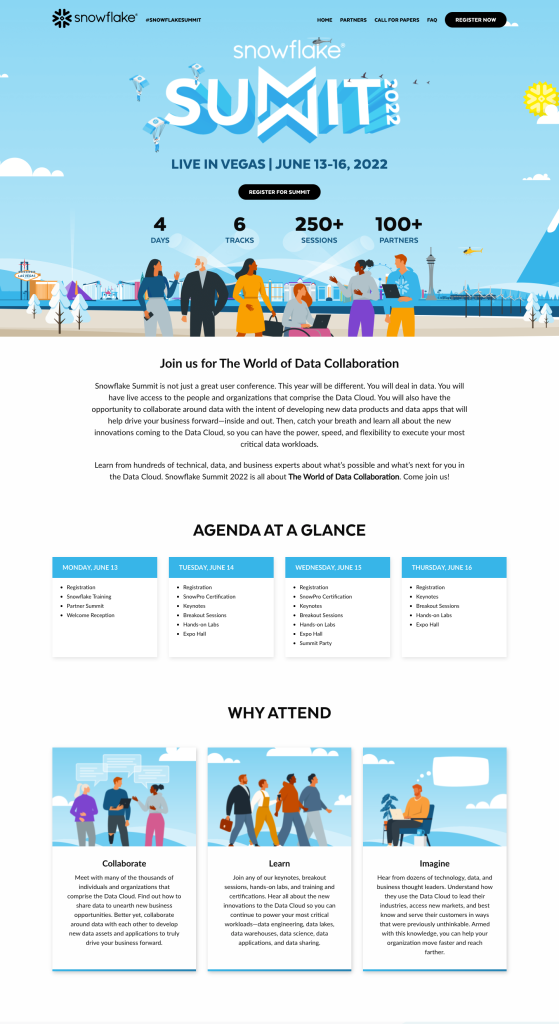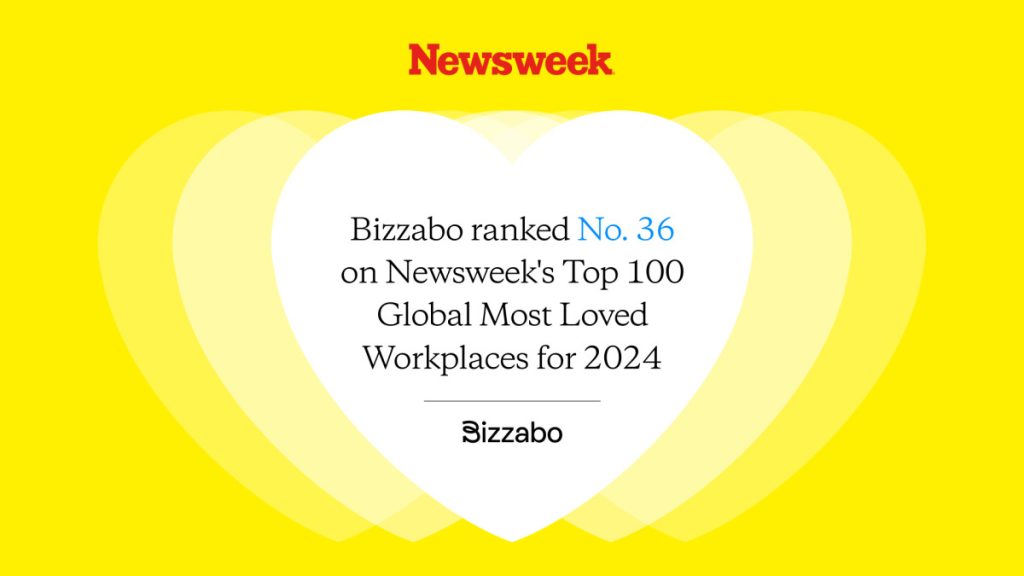7 Ways To Ensure Your Event Champions Diversity and Inclusion


Events are among the most powerful experiences for professionals and businesses alike, allowing for connection, exploration, and education. But events are not without their challenges.
Chief among them? The events industry — like most industries — struggles to create policies and strategies that champion diversity, equity, and inclusion (DE&I). Although most events say they cater to 100% of audiences, most fall short. For example, one cybersecurity conference recently fell under scrutiny because only one of 20 speakers was a woman.
Unfortunately, a lack of a focus on diversity and inclusion can leave attendees feeling out of place and would-be attendees feeling unwelcome entirely. Because diverse teams are able to achieve better business outcomes, it follows that diverse and inclusive events can deliver stronger experiences and outcomes. It’s important to choose meaningful strategies that prioritize your attendees, because an insincere or showy approach to diversity and inclusion can make or break your event.
To guarantee event success, here are seven tips for championing diversity and inclusion.
1. Let Attendees Set a Name Pronunciation and/or Pronouns
If your goal is for attendees to get the most out of your event, you need to remove all barriers that might prevent someone from feeling comfortable or being able to be their true selves. When someone is concerned that other attendees might pronounce their name incorrectly or misgender them, they may feel uncomfortable — and, in some cases, decide to skip the event altogether to avoid an embarrassing situation.
Whether you’re hosting an in-person, hybrid, or virtual event, you need to make sure everyone feels welcomed and can proudly be exactly who they are. Here are two options:
- Let attendees set up a name pronunciation, whether phonetically in text or with a recording like LinkedIn offers. As events go hybrid and virtual, audiences will become increasingly global. It’s more important than ever that attendees feel welcome, and name pronunciations are a big part of that.
- Let attendees set their pronouns, whether on name tags or online event profiles. Be sure to include the most common pronouns — he/him/his, she/her/hers, and they/them/theirs — while also allowing for custom pronouns. You’ll be in good company in your efforts to normalize selecting and sharing pronouns.

2. Choose a Diverse Speaker Lineup
According to our research, nearly two-thirds of professional event speakers are male. This may be because, traditionally, speakers often travel from one event to the next, which makes being an event speaker exclusionary toward caregivers, who are more likely to be female.
Luckily, in the era of virtual and hybrid events, it’s easier than ever for caregivers of all genders and circumstances to “get away” and attend or present at conferences from the comfort of their own homes or offices. In fact, one study that looked at STEM conferences found that women’s participation in virtual conferences increased by as much as 253% compared to in-person conferences.
Unfortunately, there’s still a lot of work to be done to ensure that BIPOC (Black, Indigenous, and People of Color) speakers are fully represented in the events industry. As you begin thinking about which personalities you will invite to speak at your next event, you need to prioritize diversity and inclusion. Look to SaaStr Annual, which has had more than 60% women and multicultural speakers since 2018 and in 2021 featured a combined 73% women and multicultural speakers.
Remember: Having a diverse panel isn’t something you do for appearances or because it’s trendy. Instead, it’s the key to ensuring your event features a diverse array of perspectives and experiences and makes an even wider group of attendees feel welcome. You want your speaker lineup to represent your attendee lineup and vice versa.
3. Prioritize Accessibility at Your Event
Although an increasing number of companies are investing in hybrid and virtual events this year, there are still some in-person events on the schedule. No matter what kind of event you’re hosting, you must champion accessibility. Here are a few tips:
- Choose an event venue that is wheelchair accessible, has plenty of accessible parking spaces, and allows for service animals.
- Hire sign language interpreters and implement the event tech to support sign language interpreters for virtual audiences.
- Be thoughtful about accessible event design. For instance, make sure seats aren’t crammed together so there’s enough room for everybody.
Additionally, encourage attendees to share their accessibility needs when ordering tickets. As the event approaches, work with the venue and your software partner to ensure your event strategy is locked in and ready for a diverse audience.
4. Create Policies That Prioritize Health and Wellness
As we inch even closer to putting the pandemic in the rear-view mirror, it’s important to remember that we’re not out of the woods yet. Truth be told, many people are still afraid of attending in-person events because they’re worried about getting COVID-19.
By requiring vaccination or a negative COVID-19 test to attend your in-person event, you give more attendees — including immunocompromised individuals — the peace of mind that comes with knowing you’re prioritizing the health and safety of all attendees. It also means you’re opening your event’s doors to a wider and more diverse audience.
Additionally, let attendees choose from special bands or stickers that let others know how comfortable they are with physical interactions. Whether someone is immunocompromised or an introvert, this lets attendees take the reins and makes for more comfortable connections for everyone. For example, CES offered three sticker options for attendees to indicate what they were comfortable with:
- Green: I’m okay with handshakes.
- Yellow: I’m okay with elbow and fist bumps.
- Red: No touching, I’m happy just waving “hello.”
5. Build an Accessible Event Website
Event diversity isn’t all about the event itself. It’s also about how you publicize the event.
If your goal is to create a truly diverse and inclusive event, you need to build an event website that is ADA and WCAG compliant to ensure accessibility and equal access for people of all abilities. Here are some tips for appealing to as many people as possible:
- Structure your content in a logical, meaningful way.
- Include thoughtfully written alt text on all images.
- Make navigation intuitive, including for people who use the keyboard alone.
- Choose fonts, font size, and font colors that meet accessibility guidelines. (Did you know 8% of the population has a red-green color deficiency?)
- Leave plenty of white space (aka negative space) between design elements.
6. Use Inclusive Images and Graphics
You should also fill your event website with diverse and inclusive imagery that represents the audience you intend to attract. If your speaker lineup isn’t diverse, site visitors might turn away in favor of a competing event that features a more varied group of people. If your site graphics don’t embrace different religions, cultures, abilities, and ethnicities, you might lose potential attendees who don’t see themselves as part of your ideal participant.
Need some inspiration on what a website with inclusive imagery looks like? Check out the page for Snowflake Summit 2022, and notice the mix of genders, abilities, ages, and races.
7. Get Certified in Event Diversity Strategy
If you want to become a leader in diversity and inclusion for the events industry, consider getting your Event DEI Strategist Certificate from the Event Leadership Institute.
When you take this seven-week course, you’ll learn how to elevate your DE&I skills to the next level by identifying and dismantling systems, processes, and structures that aren’t diverse, equitable, or inclusive.
Bonus: Don’t Forget About Using Diverse Vendors
Another way you can up the ante on diversity and inclusion at your next event is to hire minority-owned businesses as vendors for your next event. Whether you hire a video production company, catering business, event agency, or another vendor, prioritize working with a diverse group of suppliers.
Get Started: How To Champion Diversity in the Events Industry
Once you’ve mastered the art of event diversity, it’s time to look at your larger event strategy. Do you have the right tech? Are you able to analyze engagement metrics to understand your attendees better?
Take our Event Strategy Self-Assessment to see how you can ensure your next event is the most memorable yet.




